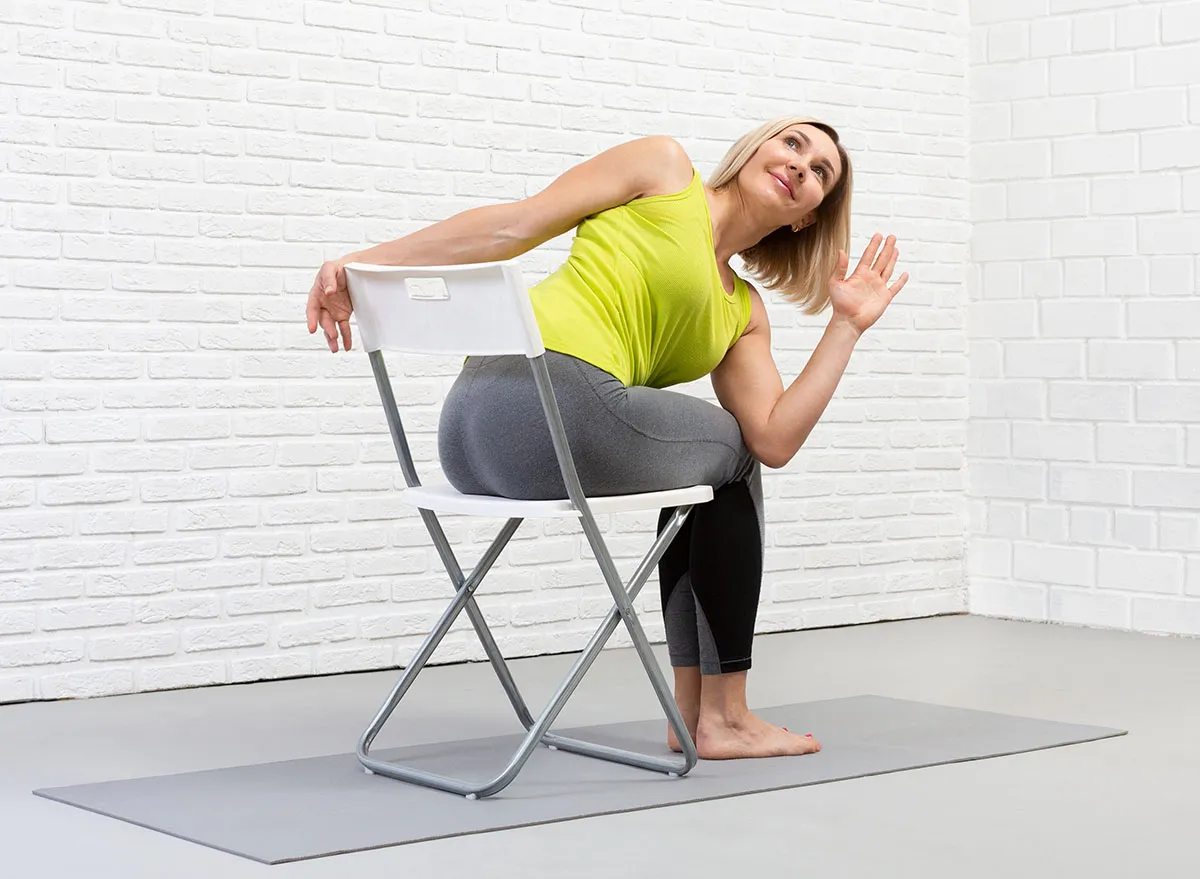Stroke symptoms can differ in men and women. Know about the early warning signs, risk factors, and when to seek medical help to prevent serious health complications.

A stroke occurs when the blood supply to the brain is disrupted or clogged; hence, the brain tissue is deprived of oxygen. It is a health emergency that requires an immediate response. Though it can be conveyed to any individual, the outcomes, risk factors, and stroke symptoms remain different in men and women. Being aware of such differences is the way to save lives.
Why Strokes Affect Men and Women Differently?
Biological and hormonal dissimilarities are major contributory factors towards the presentation of strokes in men and women. The average age at which women are affected by stroke is later than that of men, and its symptoms can be thinly disguised. Conditions such as pregnancy, menopause, and the use of birth control pills are also some of the factors that increase the risk for this woman. Men, however, are more likely to experience strokes at an earlier age, mostly associated with lifestyle habits like smoking, alcohol consumption and high blood pressure.
Stroke Symptoms in Both Men and Women
- This facial drooping: the face can be numb or appear asymmetrical.
- Arm weakness: has difficulty lifting either arm or is weak.
- Communication difficulty: stilted or bizarre speech.
- Time to call for assistance: Take action and call the emergency doctor.
The other typical symptoms are the sudden visual impairment, dizziness, balance impairment and intense headache without a clear cause.
Stroke Symptoms in Women
Females are more likely to develop symptoms that are not commonly associated with stroke, which may slow down the diagnosis. These include:
- Sudden fatigue or weakness
- Shortness of breath
- Nausea or vomiting
- Diffusion or loss of direction.
- Hiccups
- Pain in the chest, jaw, or limbs
The fact that these signs cannot be easily identified as stroke symptoms often results in the fact that women not obtaining help fast, and the consequences are worse.
Stroke Risk Factors in Women
Women are also at an extra risk, as males are not. Pregnancy predisposes one to blood clots, and birth control pills may do the same when they are used with smoking or high blood pressure. Diluted oestrogen levels after menopause may also bring about the risk of stroke. Other factors that may increase the vulnerability of women are migraines with aura and autoimmune diseases.
How Men Experience Stroke?
The more noticeable and traditional symptoms that men tend to exhibit are drooping of their faces, slurred speech or lack of coordination. They are also likely to request medical attention quickly. Nevertheless, men are more susceptible to lifestyle risk factors such as excessive alcohol consumption, tobacco use and improper eating that may result in recurrent strokes or chronic exhibitions.
Subscribe to Our Newsletter Today!















Leave a Reply